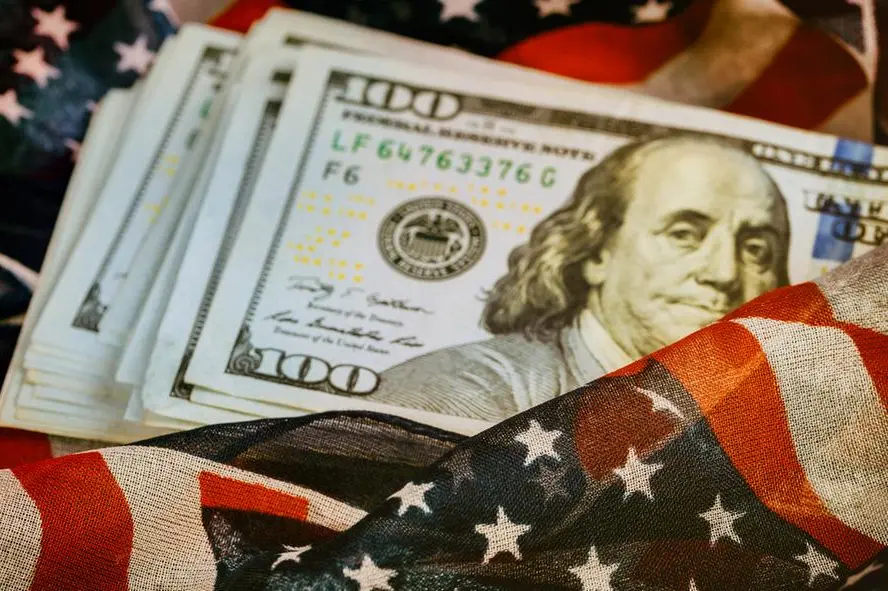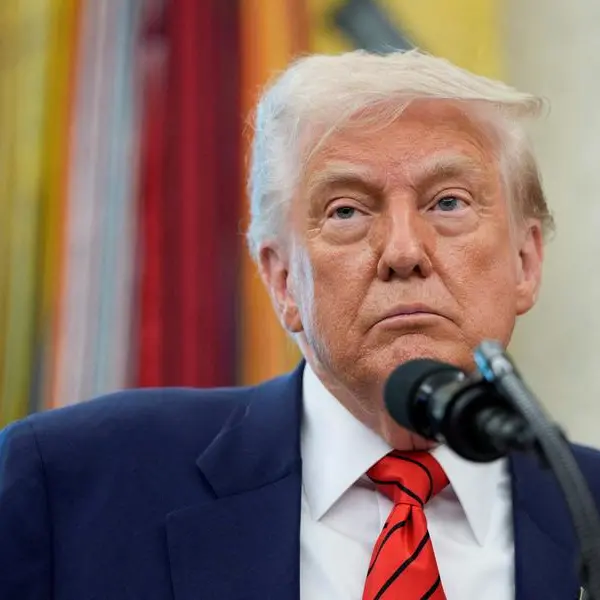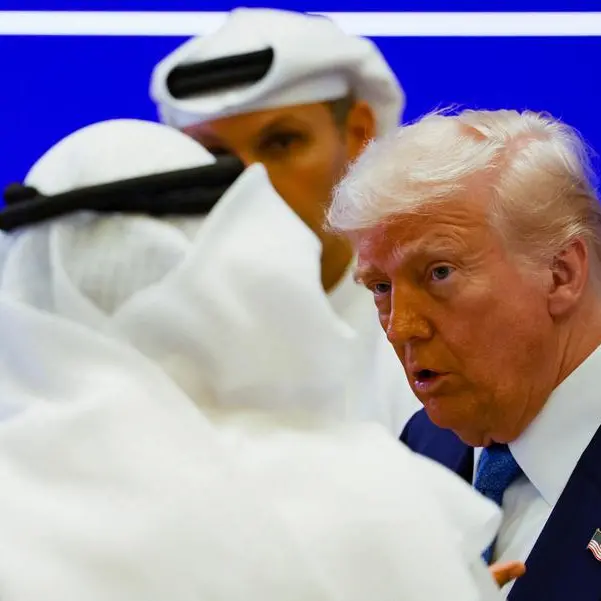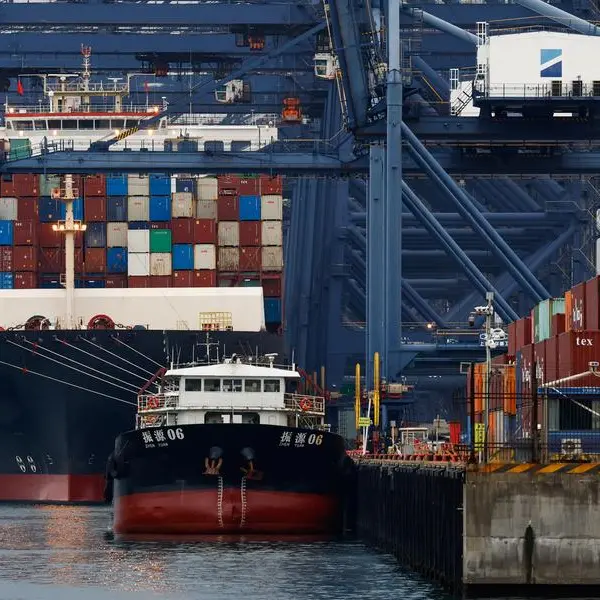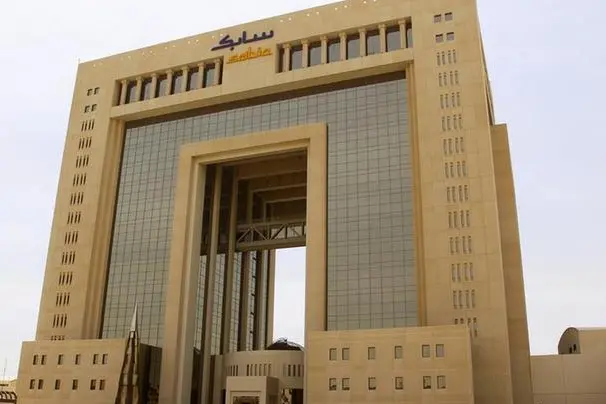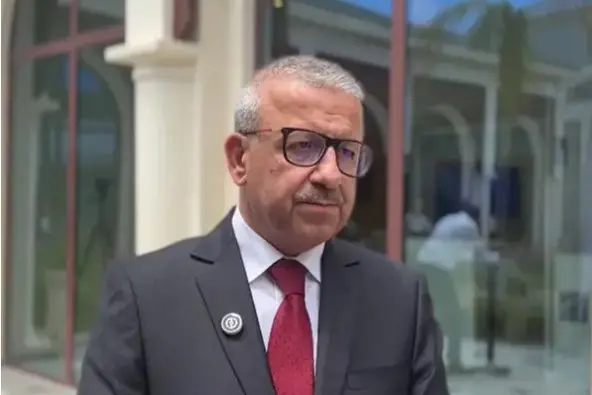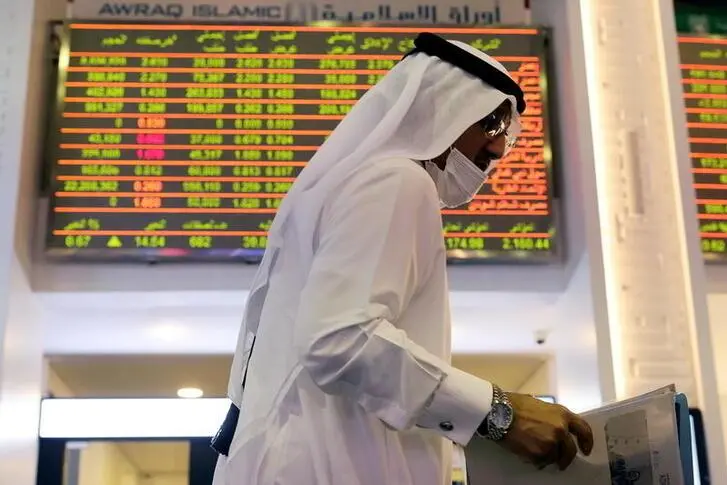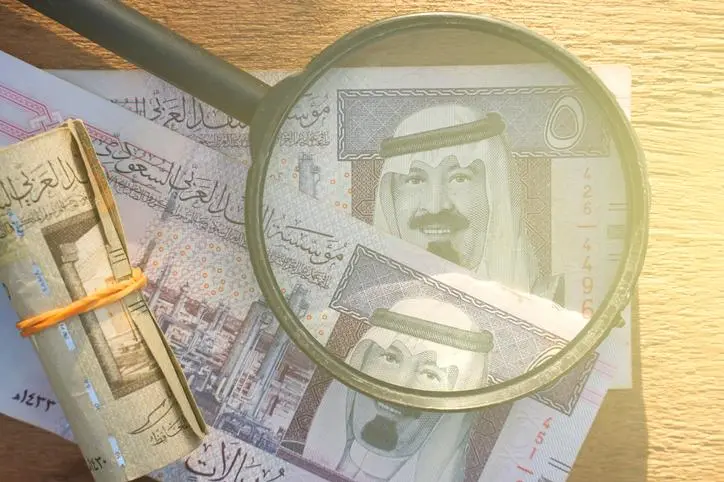PHOTO
Image used for illustrative purpose. Getty Images.
Of late, this 15-letter word — dedollarisation — is gaining immense traction and search engines on the web are actively being used by enthusiasts to learn more about this term. Let us set the context. Firstly, let us elaborate on the concept of dollarisation and the way in which the US dollar currency became popular worldwide before we attach the prefix ‘de’to this word.
US dollars, as a currency, was first paper money issued by the United States government in the 19th century to finance the expenses of the American Civil War. The legal tender in the form of paper money helped the government settle payment, improving the money circulation and tackling counterfeiting. US Dollar, like any other sovereign currency (also called fiat currency), is a government issued currency that is not backed by a physical commodity such as gold or silver.
Dollarisation is a term used when US dollars are used as a currency for transactions instead of the domestic currency. When two countries or trading partners from two countries are trading with each other, the underlying transaction must be compensated in a currency that is acceptable to both parties and US dollars has been one of the most preferred currencies and a medium of exchange being used in financial transactions for years. Availability of US dollars helped traders and countries to trade in different commodities globally. Since the US held most of the world’s gold supply and the dollar was relatively stable, it was agreed that the US dollar would be the official reserve currency. This allowed other countries to back their currencies with dollars rather than gold.
Over the years, the US dollar has continued to be the most preferred currency for financial transactions, despite economic shocks be it in the US or globally. Certain countries have even pegged exchange rate of their local currency to US Dollars. The utility of US dollars is not restricted here. Even the central banks of the world hold their reserves in US dollars to a certain extent. Globally, central banks hold up to 60 per cent of their reserves in US dollars. As per a recent report published by International Monetary Fund on currency composition of official foreign exchange reserves, as of December 31, 2022, reserves in US dollars held by 149 central banks globally were $6.47 trillion as against total reserves of $11.96 trillion, meaning 54 per cent of reserves on an average were held in US dollars. Not stopping here, central banks and institutions globally also own US government bonds issued in US dollars.
Another aspect to dollarisation is petrodollars, a term associated with oil trade. Saudi Arabia struck an agreement with the US in the year 1973 wherein Saudi Arabia agreed to accept US dollars as the sole payment currency for its oil.
Commodities worldwide are also priced commonly in US dollars and currency rates for various currencies are also marked against US dollars, as a basis. In financial markets, US dollars vs another currency are traded in pairs and US dollar Vs euro is one of the most commonly traded currency pairs. While other currencies such as euro, British pound, Chinese yuan etc. are being used off late in trade transactions, the US dollar continues to dominate in this race of transactions involving fiat currency. The US stock market is one of the largest stock markets and trading in US Markets is in US dollars. If recent figures are to be considered, market capitalization of US equities was $44 trillion in April 2023 that sums up to approximately 41.1 per cent of $107 trillion for global equities. Not to miss out on the fact that investors from across the globe have invested money in US equities.
The most vital factor here is that the US dollar is a currency of the United States. As a country, it has the power to impose restrictions on any country or individual or entity, should the transactions in US dollars violate any of the provisions of the applicable laws enacted by the Government of United States. Restrictions are eventually imposed by means of sanctions, prohibiting individuals or entities or countries to transact in US dollars, so much so, that funds held in US Dollars in bank accounts are frozen, prohibiting usage of these funds.
To a certain extent, the world is concerned about the overreliance on US dollars. This has compelled various countries to explore alternative options of trading or transacting in a currency other than US dollars. This process of reducing reliance on US dollars as a currency in international trade and transaction is termed dedollarisation.
Of late, countries have started transacting in currencies other than US dollars, be it for trade or finance. Trade is either taking place in other globally accepted foreign currencies — namely euro, GBP, Chinese yuan or a currency of one of the countries where the trading partner is based.
While it may seem like the green cloud is losing its lustre, it is still too early to derive a conclusion. A mountain of complexities are involved to establish an alternate framework that is acceptable to the governments and the trading partners globally. The process of dedollarisation, though initiated, will take considerable time to conclude before countries globally unite and establish an alternative mechanism that is acceptable to all parties.
Today, the US dollar is accepted as an alternative currency globally and this change is not going to be sudden, but progressive. When central banks of the world are holding their foreign currency reserves largely in US dollars, a step in the opposite direction will be gradual. This also involves unwinding of US dollar positions and instead building up reserves in another currency that is stable in terms of value and globally acceptable for transactions.
Hence, for now, let us be patient and keep a watch on the developments happening globally. As we follow the old proverb, ‘Don’t put all your eggs in one basket’. it may be ideal to start accumulating reserves in an alternate currency other than US dollars or instead, invest funds in precious metals. For sure, we need to keep a close watch on the developments happening globally.
The writer is founder and CEO of ZTI Global.
Copyright © 2022 Khaleej Times. All Rights Reserved. Provided by SyndiGate Media Inc. (Syndigate.info).
